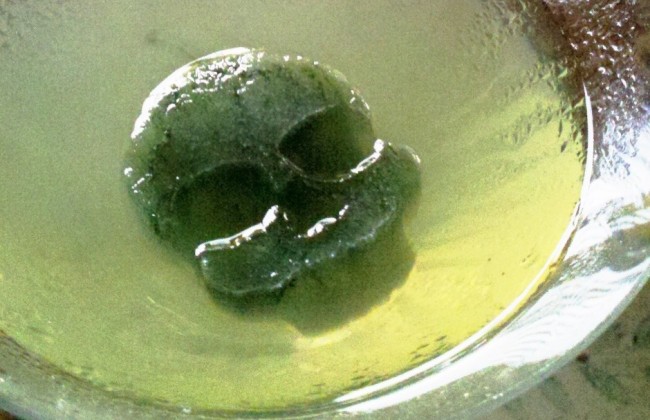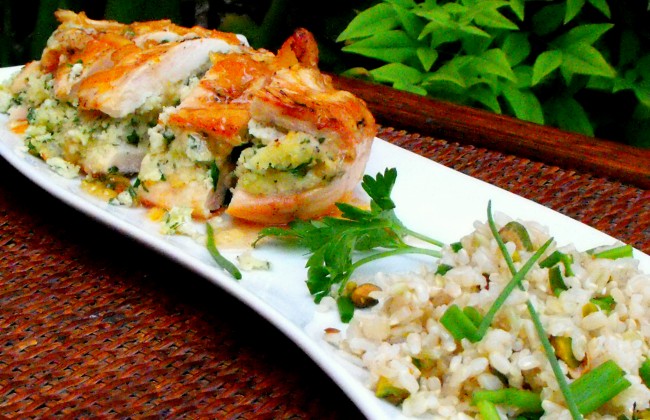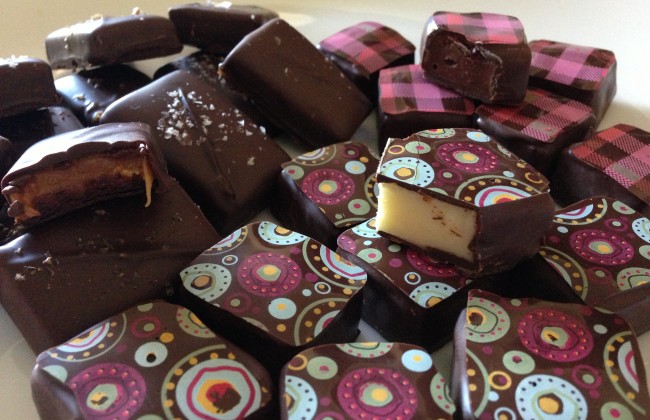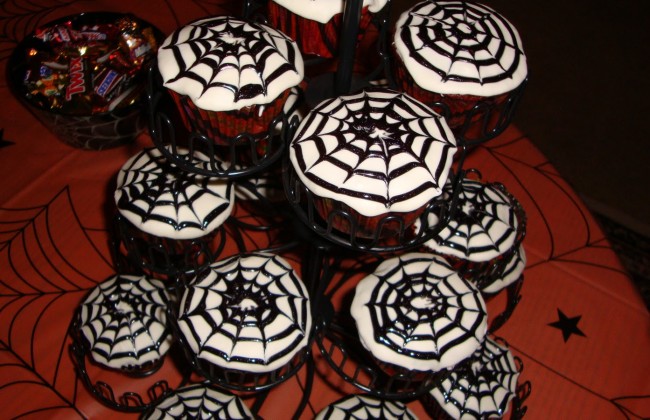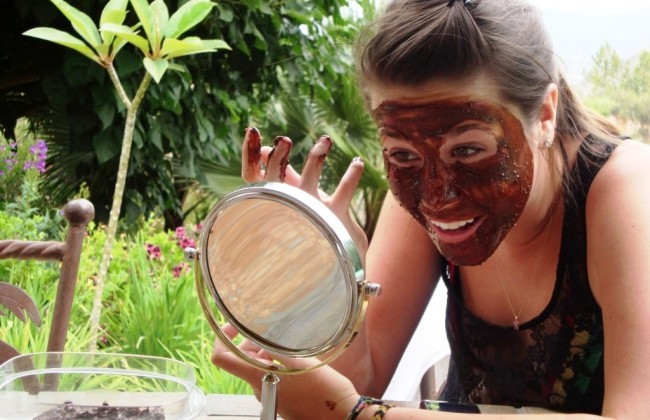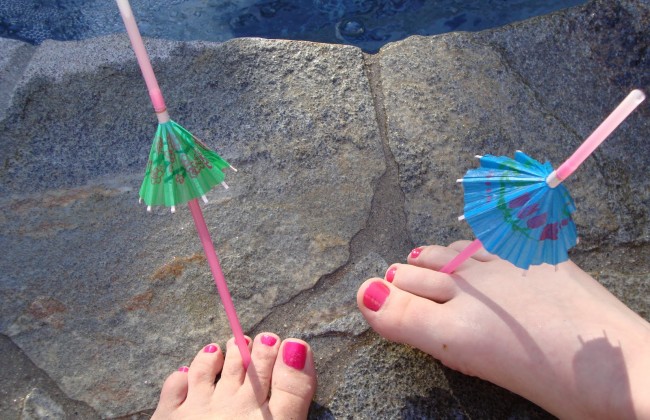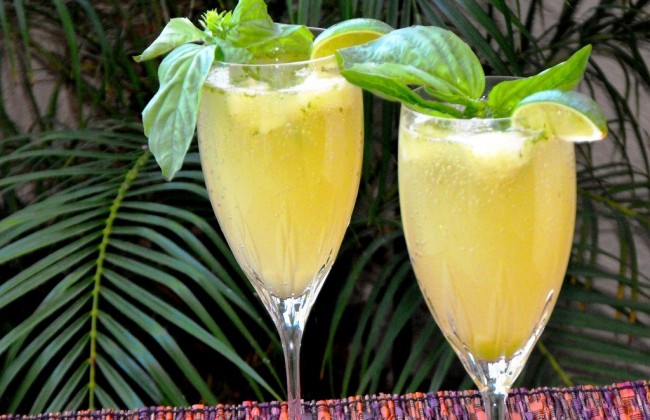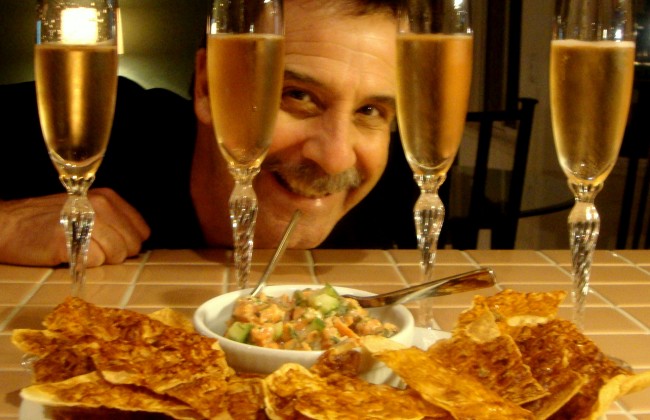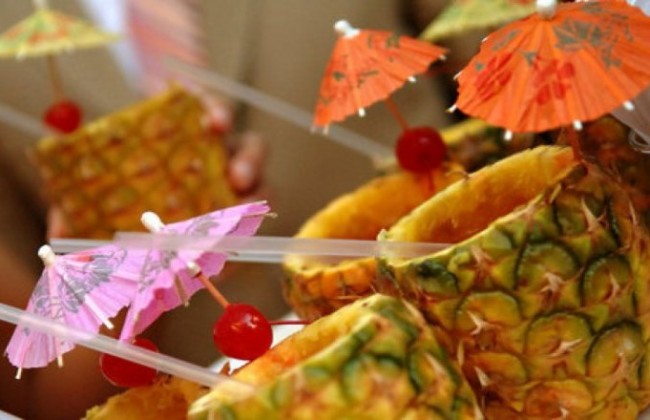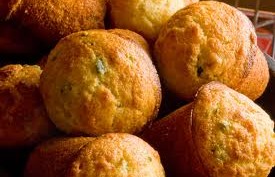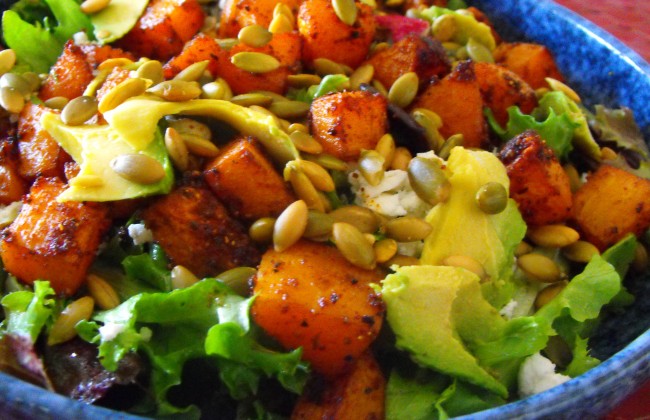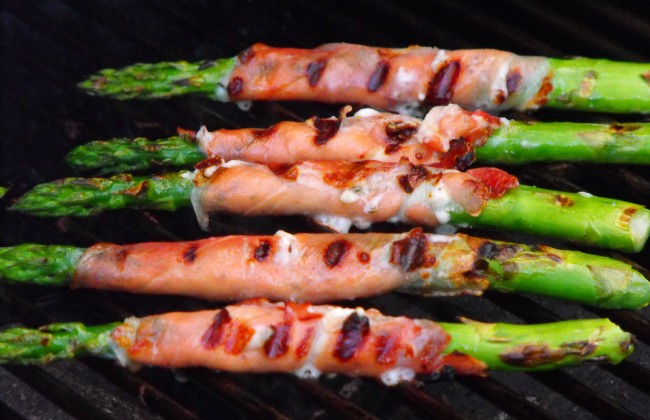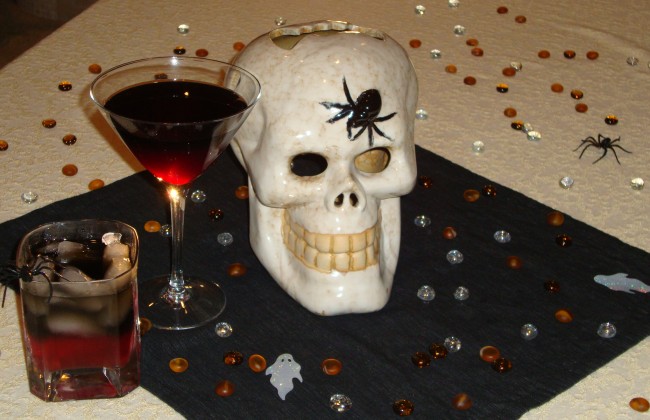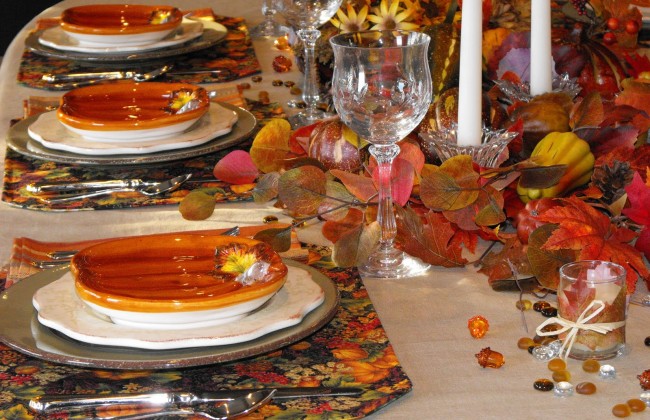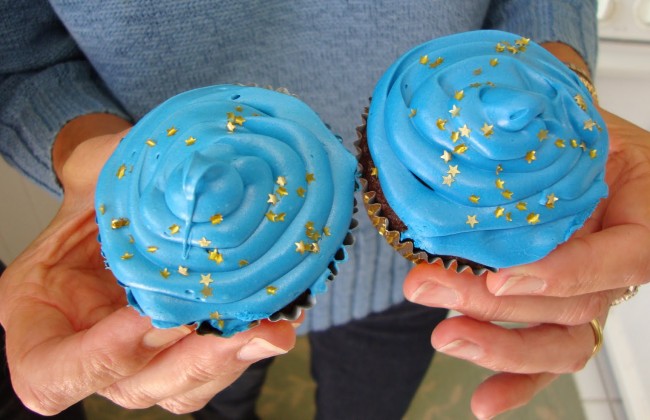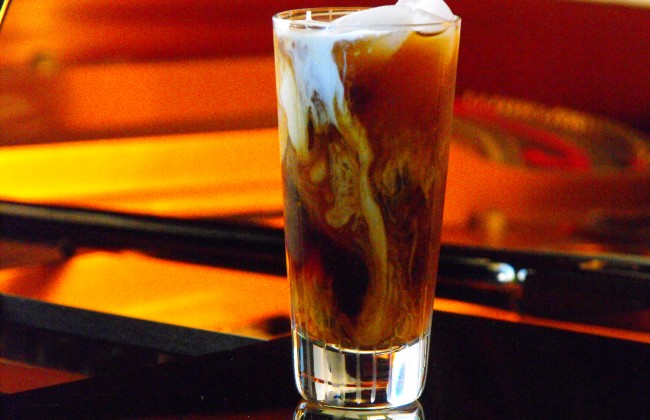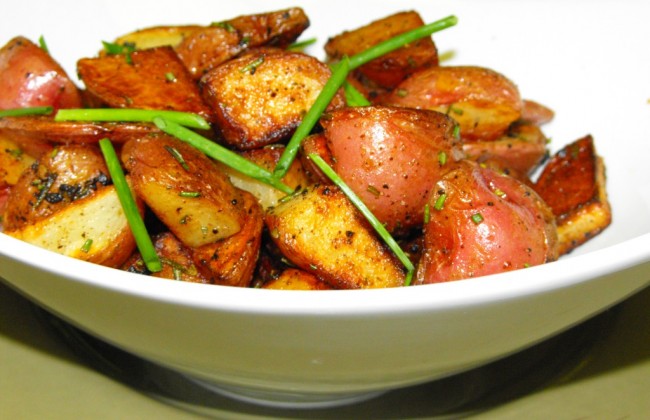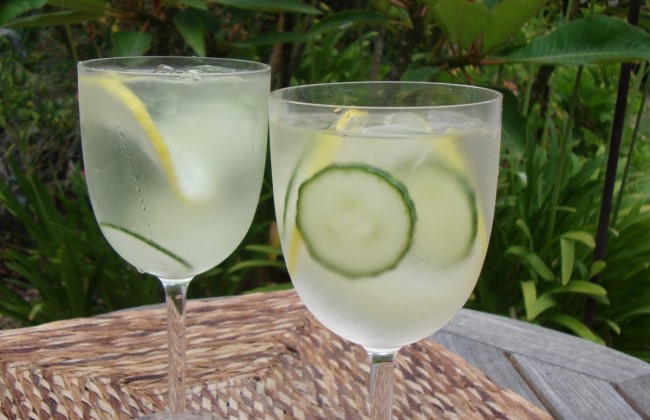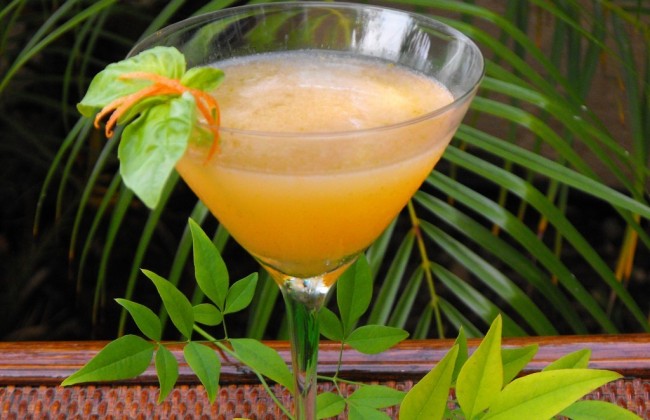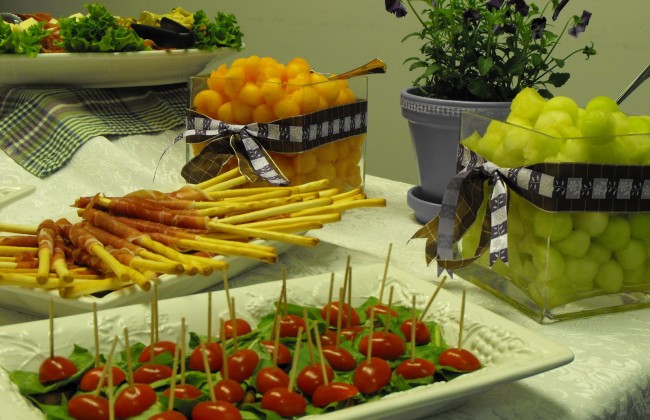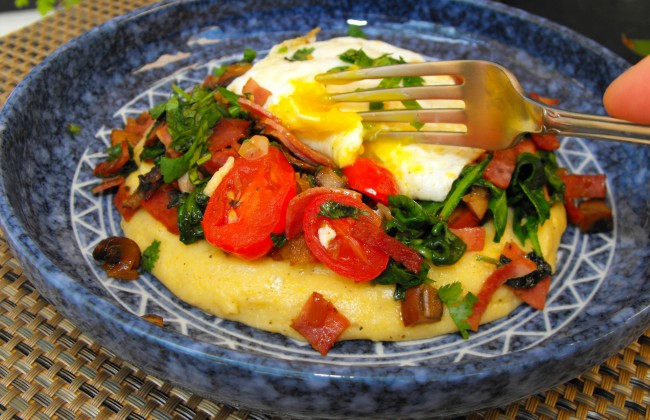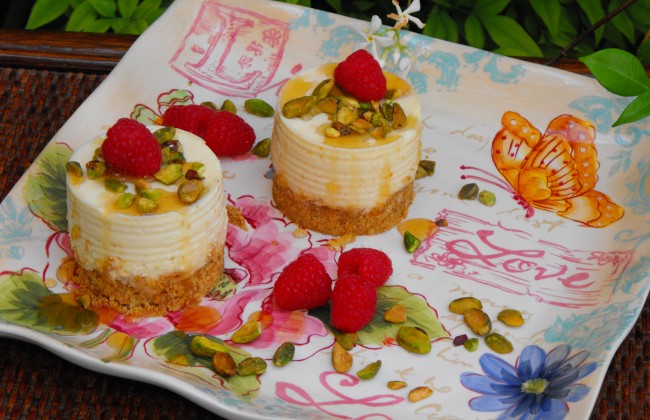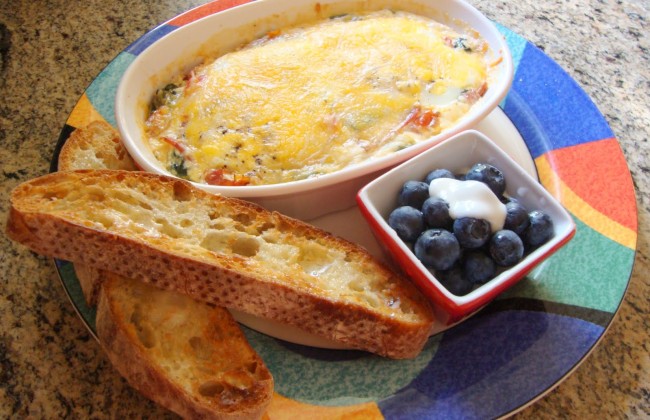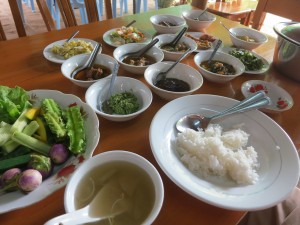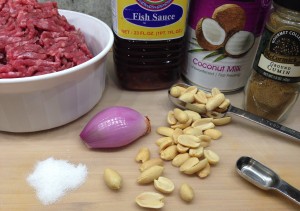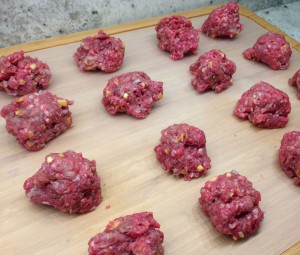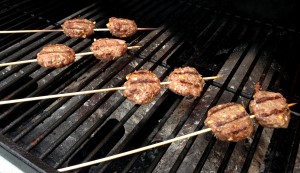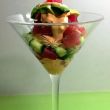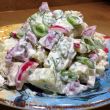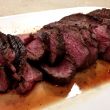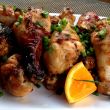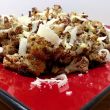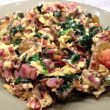Southeast Asia is one of the world’s great melting pots and cooking is one of the oldest of human activities. It is with great excitement I find myself, on the International Cooking Tour, in Southeast Asia! My husband recently asked me, “If you had to pick only three different cuisines to eat for the rest of your life, what would they be?” Hmmm….that is kind of a hard question for a lover of most food to answer but my response was, “Mexican, Italian and Southeast Asian” (Vietnamese and Thai in particular) Let’s see how these flavors evolved into the foods we love today!
The European powers began their colonization of the region during the 1500’s bringing with them the cuisines of Europe. These cuisines have influenced the native ones. Vietnam, Laos and Cambodia were French colonies, Malaysia was a British Colony, Indonesia was a Dutch colony. Thailand was the only one that successfully resisted European colonization. During the late 1700’s and early 1800’s large numbers of Chinese and Indians came to Southeast Asia. Curries originated in India and are made with milk and butter(Ghee) and in Southeast Asia coconut milk was substituted for cow’s milk which gives a very different taste to the curries. Noodles are popular throughout the region and reflect the Chinese influence.
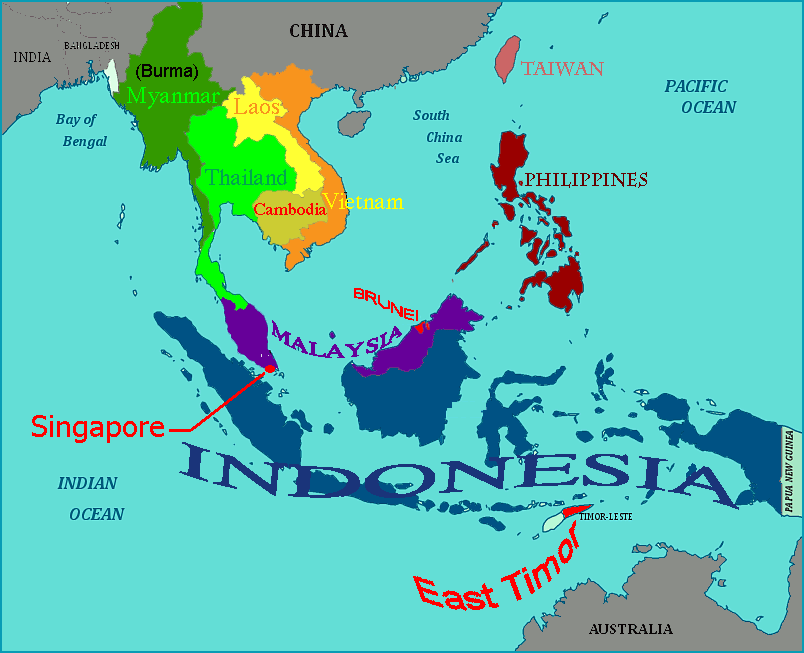
The style of food in this region is aromatic and lightly-prepared foods, using a delicate balance of quick stir-frying, steaming, and/or boiling, supplemented with spices and seasonings, including citrus juices and herbs such as basil, cilantro, and mint. Also, while Chinese cuisines emphasize using soy sauce in nearly everything, many cultures in the southeast substitute fish sauce, along with galangal (a more floral taste similar to ginger), lemongrass, and tamarind for additional flavor. Unique flavors of sweet and sour, hot and sour and hot and sweet are common. Fish sauce is used in almost all curries. Smelly on its own but added to other ingredients it shines! Tea and coffee are abundant throughout the region but the most popular drink with a meal is water.
As we tour the region, we see Malaysia was influenced by Chinese, Indiana and Arabic roots. Malaysian cooking uses chile peppers and thick coconut milk and the dishes are typically seasoned with curry, shallots, shrimp paste, tamarind and lemongrass. For almost 400 years the Spanish had control of the Philippines, leaving a lasting effect on the food and many of the dishes have Spanish names. The Spaniards introduced sausages and dishes using meat and dairy into the cuisine. Four meals a day are served: Breakfast, Lunch, Merienda (snack, one of my favorite words) and Dinner with Lunch being the heaviest meal of the day. In Singapore, the cooking is a mixture of Chinese and Malay traditions but the food tends to be spicier and tangier than Chinese which results in a highly refined but boldly flavored food. Singapore is particularly famous for its crab dishes. How about some black bean sauce poured over crab? So good!
Indonesia is best known for its Satay style of cooking where pieces of grilled meat, poultry or seafood are served with spicy peanut sauce. One of the regions most unique foods is the vegetarian Tempeh made from soy beans and it was made to be similar to China’s tofu. Sambal, a spicy sauce made from chilies, shrimp paste, lime juice and rice vinegar, is everywhere and eaten with the main dishes and snacks. I do love Sambal! The main course in the Cambodian diet is simply cooked meat or fish with Tik Marij, a mixture of ground black pepper, salt and lime juice. The cuisine of Laos combines sticky rice, raw greens and dipping sauces. Their national dish is Larb, a mixture of marinated meat or fish, sometimes served raw, and offered with a combination of vegetables, herbs and spices. Lao foods favor sour over sweet and also consider galangal, lemongrass, shallots and garlic to be a necessity within their cuisine.

Myanmar (Burma) enjoy rice as their main food and it comprises about 75% of the diet. Rice is served with meat or fish, soup, salad and vegetables and some relishes to complement the meal. During meals, all the dishes are laid out on the dining table and served together so people can make their own choices and combinations.
The food of Thailand can generally be broken down into four different regions. Northeastern food is highly spiced with freshwater fish and shrimp as the main protein because meat is a scarce commodity. The Central Plains is considered to be the cultural and economic heart of Thailand and they eat a more traditional style of food consisting of rice, fish, vegetables flavored with garlic, fish sauce and black pepper with an abundance of fruits from the fertile soils of the region. Northern foods and curries are generally milder than anywhere else in Thailand and curry broths are made with egg noodles. Southern food is characterized by lots of locally grown produce. Coconut has a prominent role in most dishes – its milk is used to cool the chiles in curries and soups, its flesh, when grated is used as a condiment and its oil for frying.
The cuisine of Vietnam can be divided into three regional varieties. North, in the city of Hanoi, the evidence of Chinese rule appears in Cantonese-style stir fries and simple brothy soups. The flat, arid Central region serves up heartier more refined dishes. In the steamy South, including the city of Ho Chi Minh City (formerly Saigon) tropical abundance is the rule: seafood, pork and numerous fruits and vegetables are found in bold and spicy dishes. Banh Mi (a kind of Vietnamese po’boy with meat, pate, hot peppers and pickled vegetables) and strong, sweet coffee serve as reminders of Vietnam’s French colonial past. The most common Vietnamese herbs include mint, purplish Thai basil (called Holy Basil or Asian Basil) and cilantro.
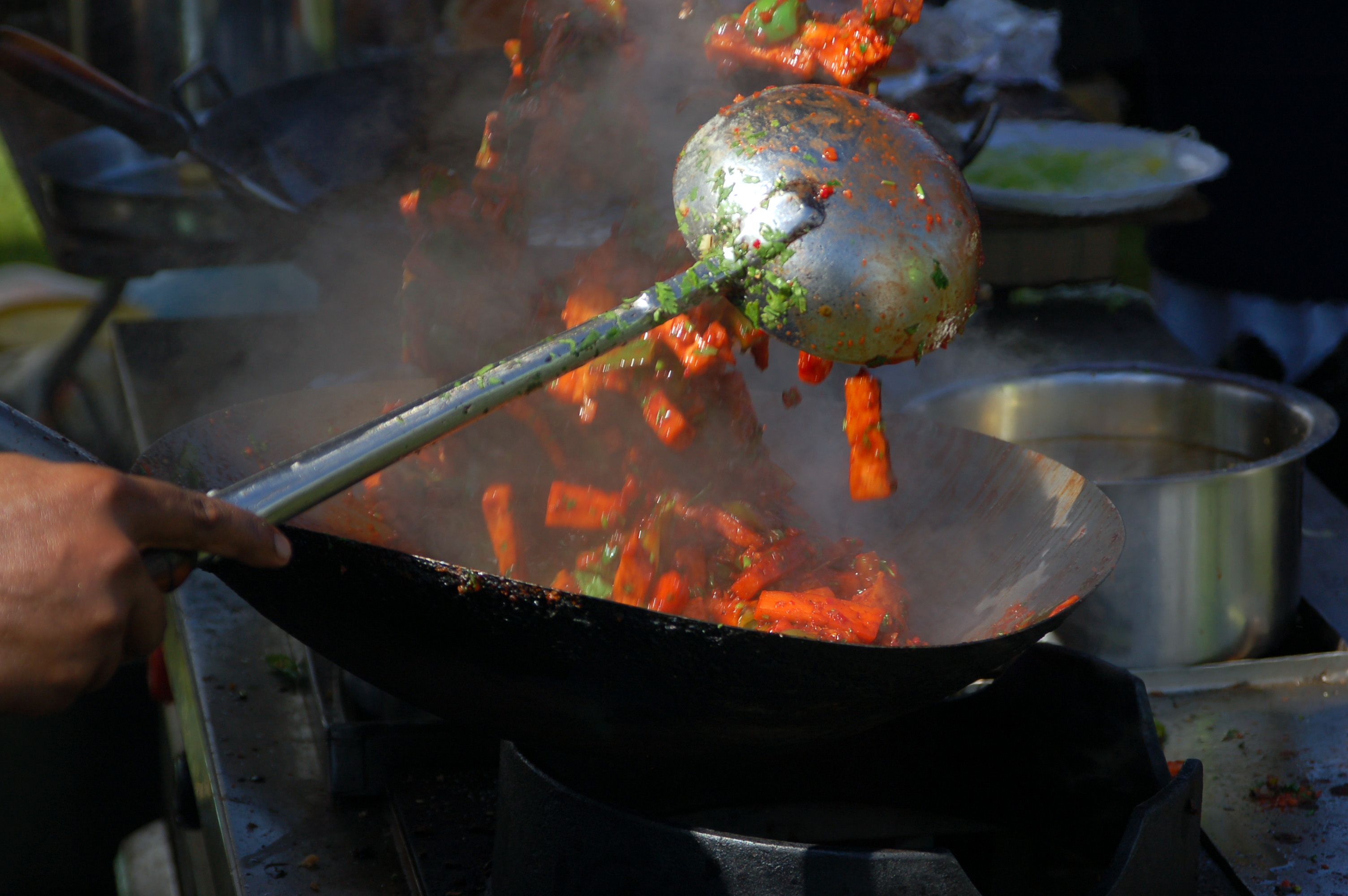
The cooking utensil called the Wok and the stir fry technique using vegetable oils came to the area from the China. Asian households did not have resources to make or buy several different pans for different types of cooking so the traditional wok was developed. The Wok, with a unique rounded bottom, provides a range of cooking temperatures in one pan. In Asia there are different styles of eating food. In India, the Middle East and Southeast Asia, people typically eat food with their hands using flat breads to grab the food. The exception is Vietnam, where the influence of China was much stronger and chopsticks were the utensil of choice. The widely accepted belief was because knives were associated with war and death, Confucius urged his followers not to use them at the dinner table, which supposedly led to the invention of chopsticks as a substitute.
Today you will see the use of forks and spoons but not knives. Since meat and vegetables are chopped into smaller portions before cooking and serving, knives were not part of the eating experience. A large spoon is held in the right hand, while the left hand is used to scoop food into the spoon. You will also find a lot of Satays (spiced or marinated meat on a stick that is barbequed). I call that a party on a stick! Let’s make meatballs, Asian style!
Nuoc Cham Dipping Sauce:
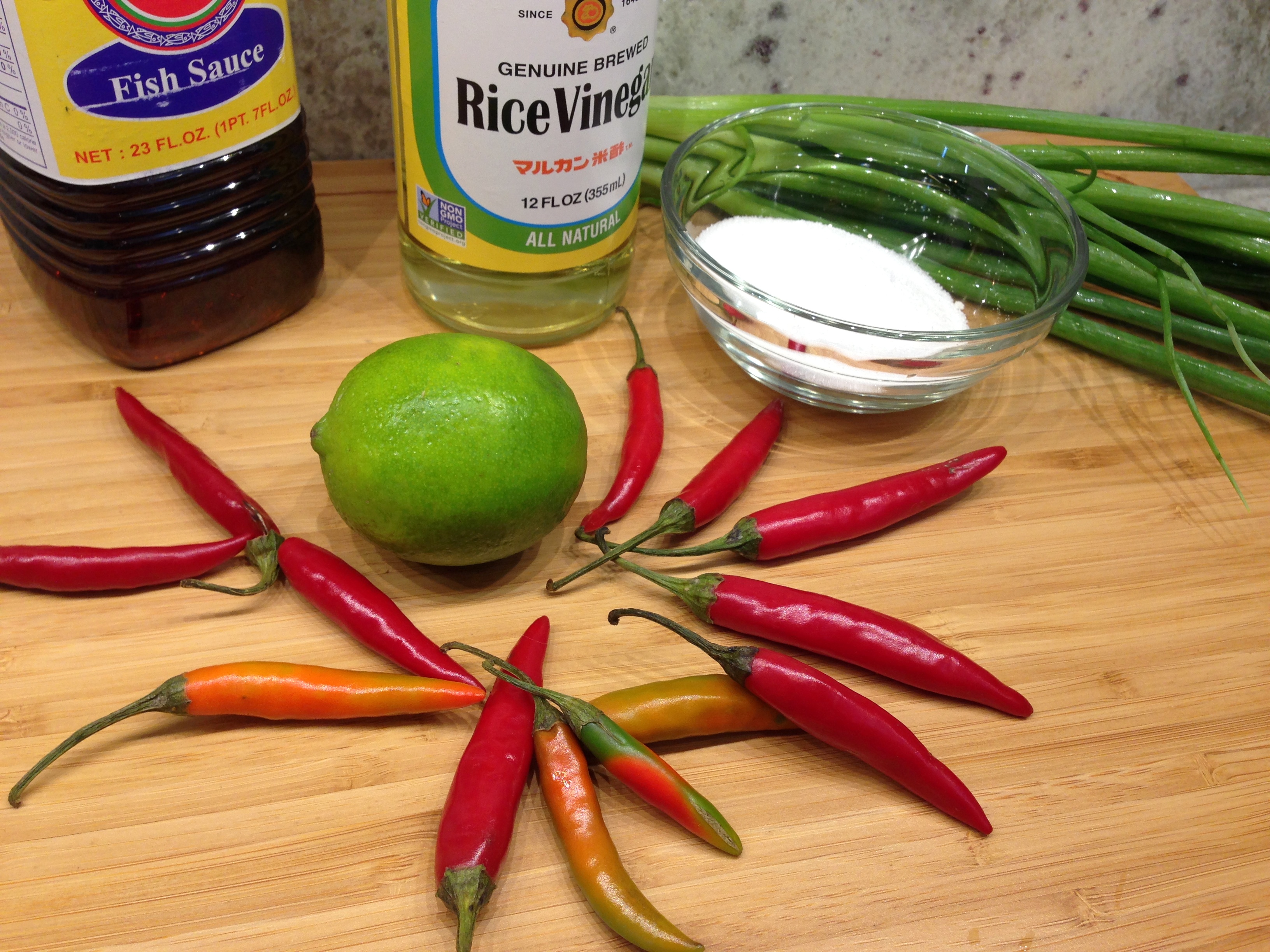
These are simple ingredients but when the flavor profiles of sweet, sour, salty and heat are balanced, it becomes the perfect dipping sauce and brings the meat to life. The difference in eating the meatballs alone and pairing them with this sauce and mint and cilantro is like night and day! Wow, is all I can say!
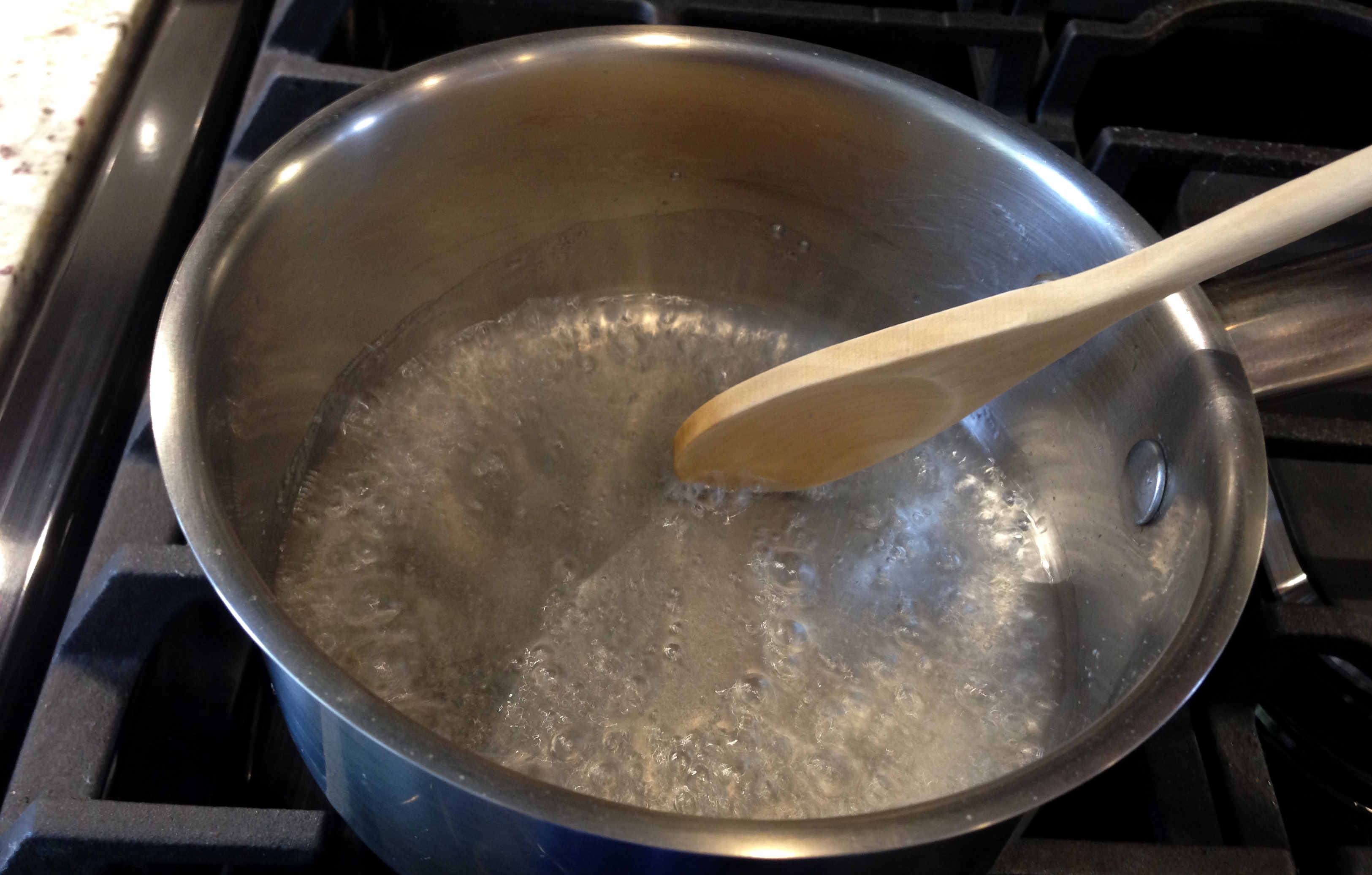
Dissolve the sugar in the hot water and bring to a boil. When you bring water to a boil it will totally dissolve the sugar so granules aren’t left on the bottom and the heat will intensify the flavor of the other ingredients when you add them. Heating the water brings out more flavor.

Add all ingredients except the green onion and let steep for 15 minutes. You’re looking for a taste with the subtle nuances between sour, sweet, salty and spicy. Adjust the flavors until you get it to your liking. It’s a bit of an art at first but tasting is the cooks best friend!

Flavors are softer and more refined if you can let them meld for at least 1 hour. The fish sauce is kind of stinky on its own but combined with the other ingredients, well, there is really nothing you can substitute for it that will give you the signature flavor you are looking for. It’s the unique flavor you taste when you have this sauce in a restaurant but may not have known what it is. Add the green onion when cool and ready to serve. Nuoc Cham will keep in the refrigerator for 3-4 weeks.
Cha Bo:
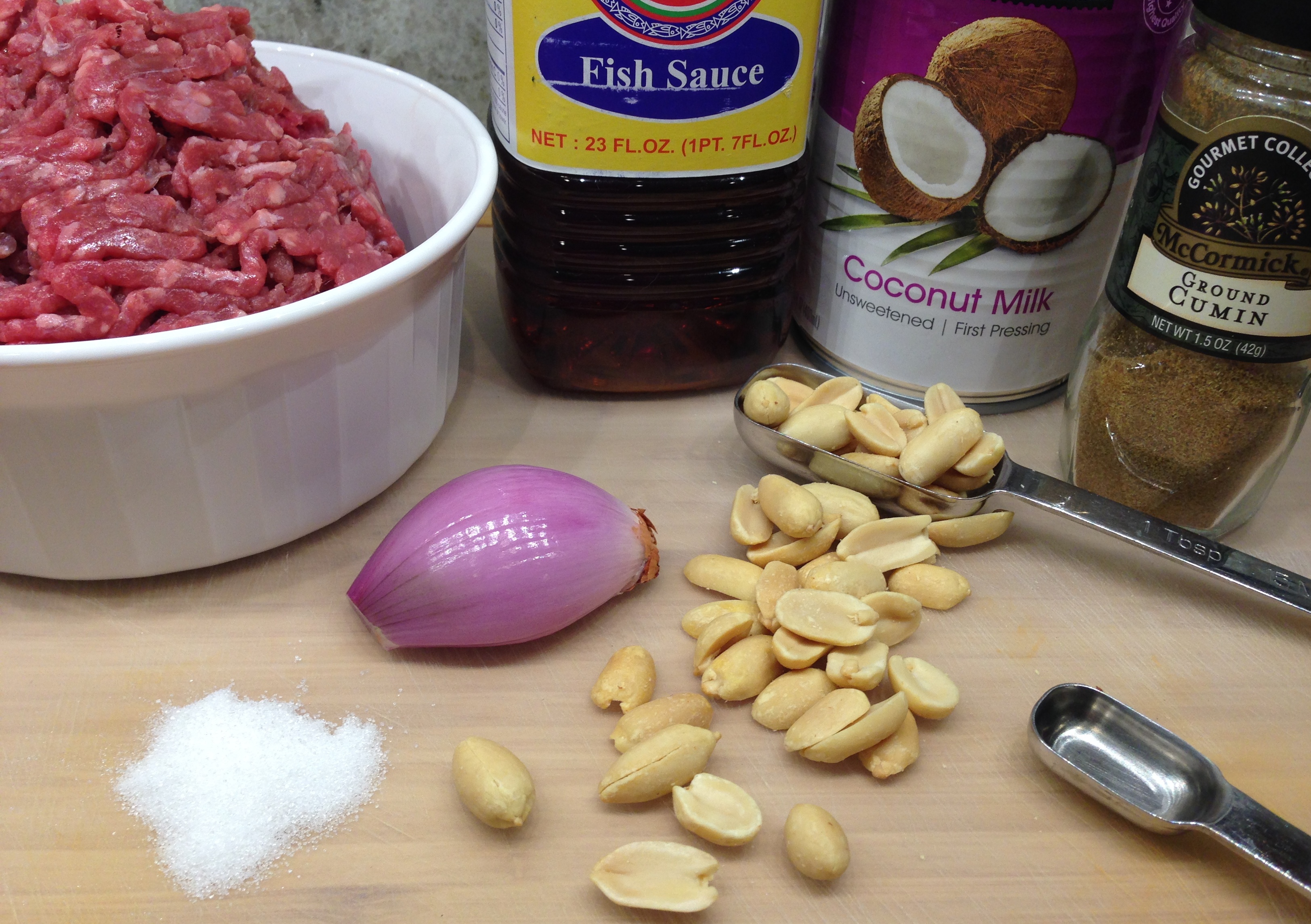
Again simple ingredients that come together perfectly for a fresh Asian twist on a meatball. Variety is the spice of life and this will give variety to an everyday menu for sure! It’s a great, easy weeknight meal that feels really special!
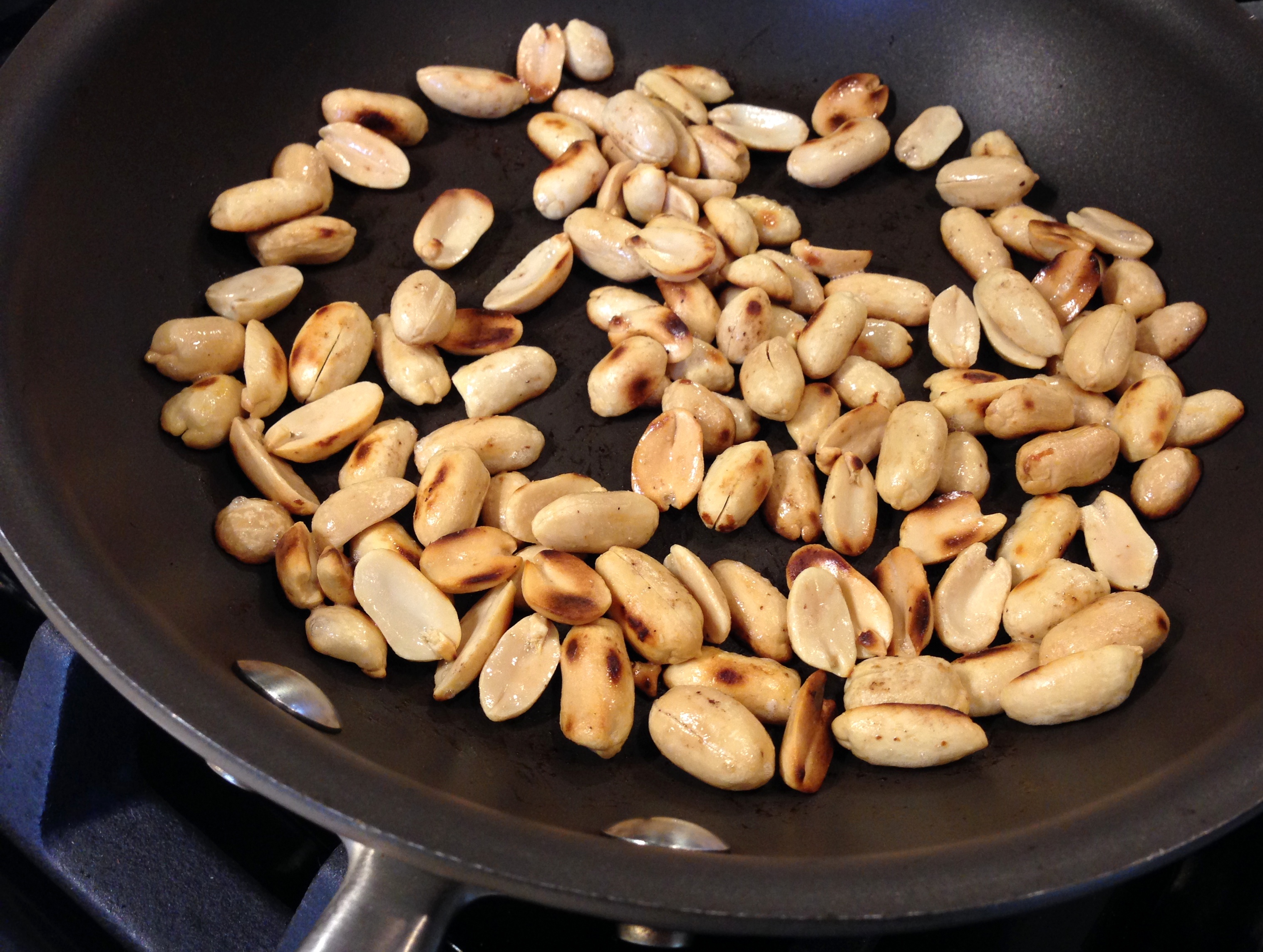
Roast the peanuts in a skillet to bring out more nutty flavor. A little color on them is good but watch them so they are not blackened nuggets….not good flavor! Once they start to brown, they cook really fast!
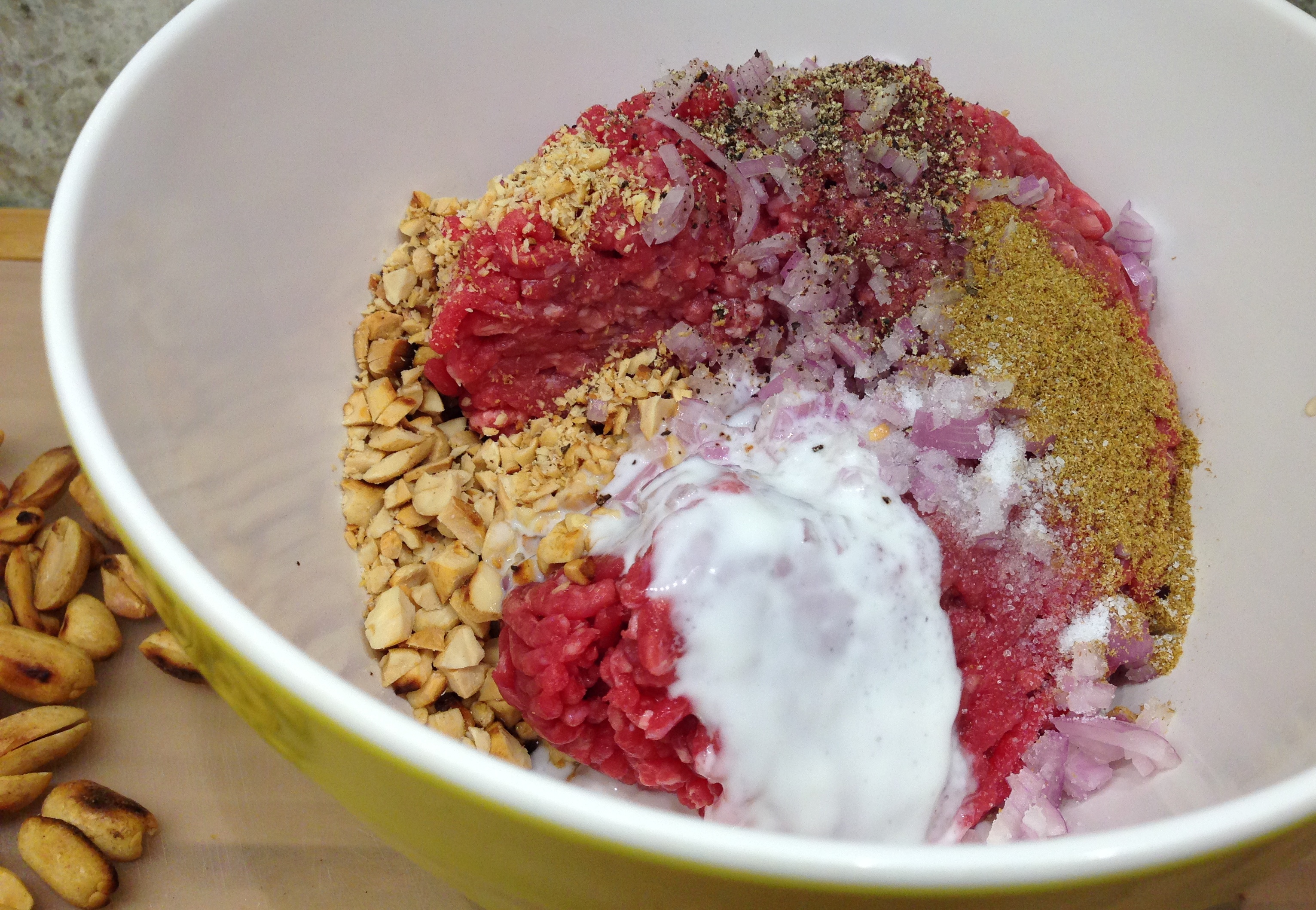
Combine all ingredients and mix well. Don’t over mix your meat or it is tough when you cook it. Also when forming the balls/patties, do this gently and don’t compact the meat. This makes for tough balls too….not a good feature in meatballs.
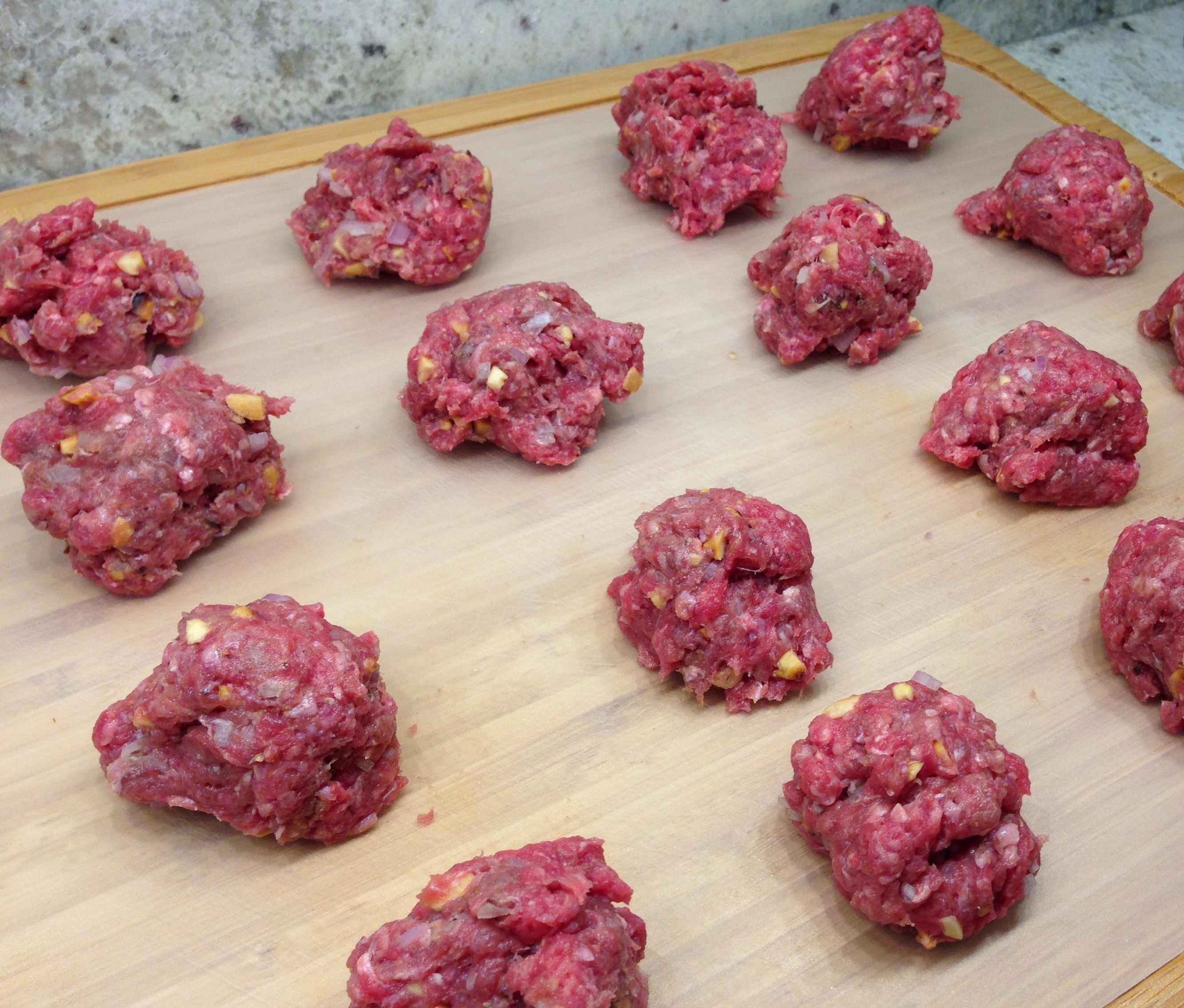
Divide into 16 portions. The easiest way to divide into equal portions is to keep dividing in half. Divide the big ball into 2 balls, then divide the 2 balls into four balls and again until you have 16 balls.

Shape into balls and then form into 1 1/2 inch patties.
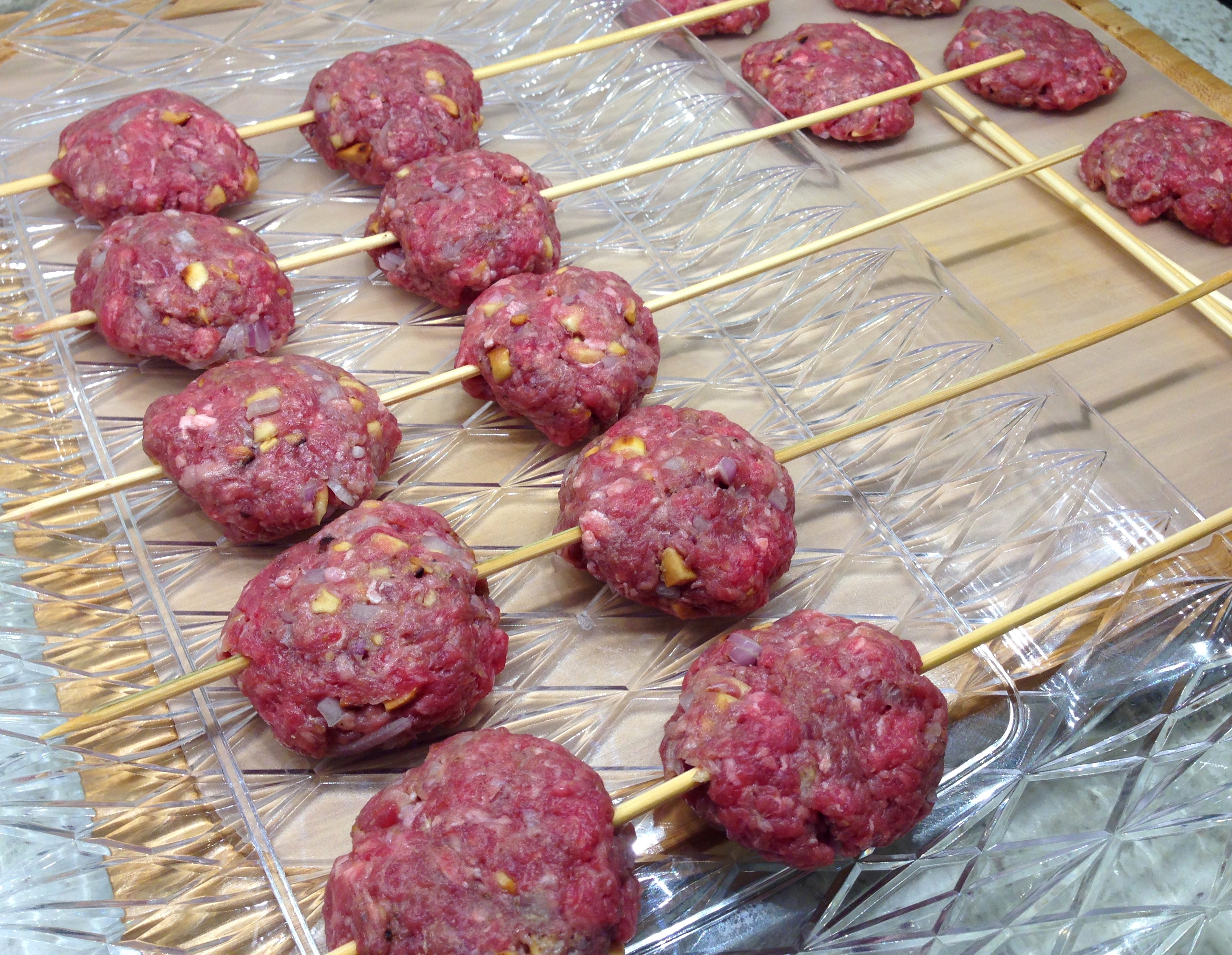
Thread 2 patties onto each skewer. Run the skewer through the center of the patty and gently press to secure to the skewer. Keep a space between each patty for even cooking.

When lifting the skewers onto the grill, use a grilling spatula to support them. If you just lift them by the stick, the stick pulls out of the meat and the meat falls off. As they cook the patty secures to the skewer better but still use the grilling spatula for turning. Grill over high heat, turning only once; about 4-5 minutes. You can also cook these in a hot skillet if the weather is less than stellar and you have a fierce craving for these!
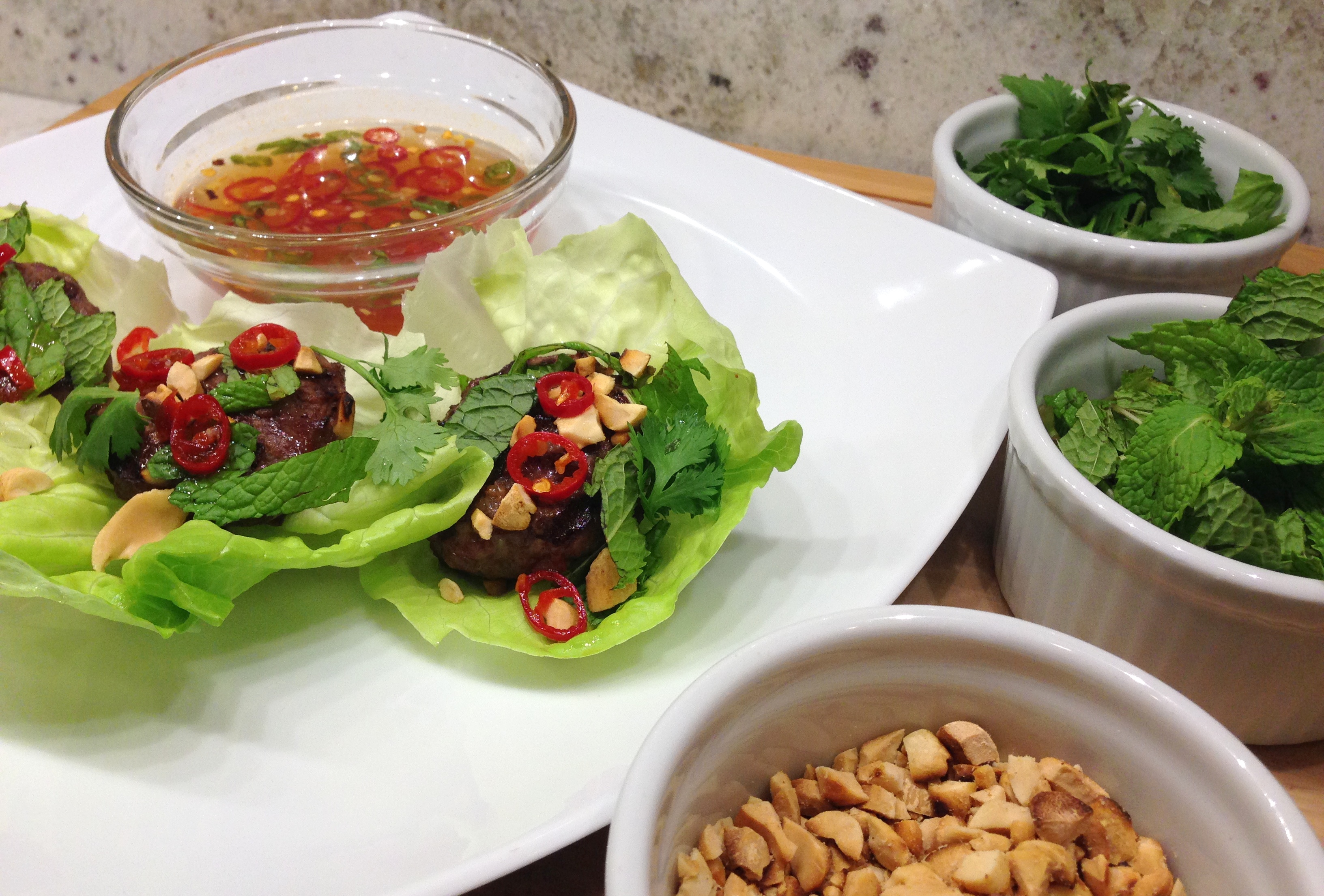
Serve in butter lettuce cups. Drizzle with Nuoc Cham dipping sauce and have a bowl of dipping sauce to add extra to each bite! Serve with bowls of cilantro, mint and crushed peanuts to garnish each lettuce cup with as much as you would like.
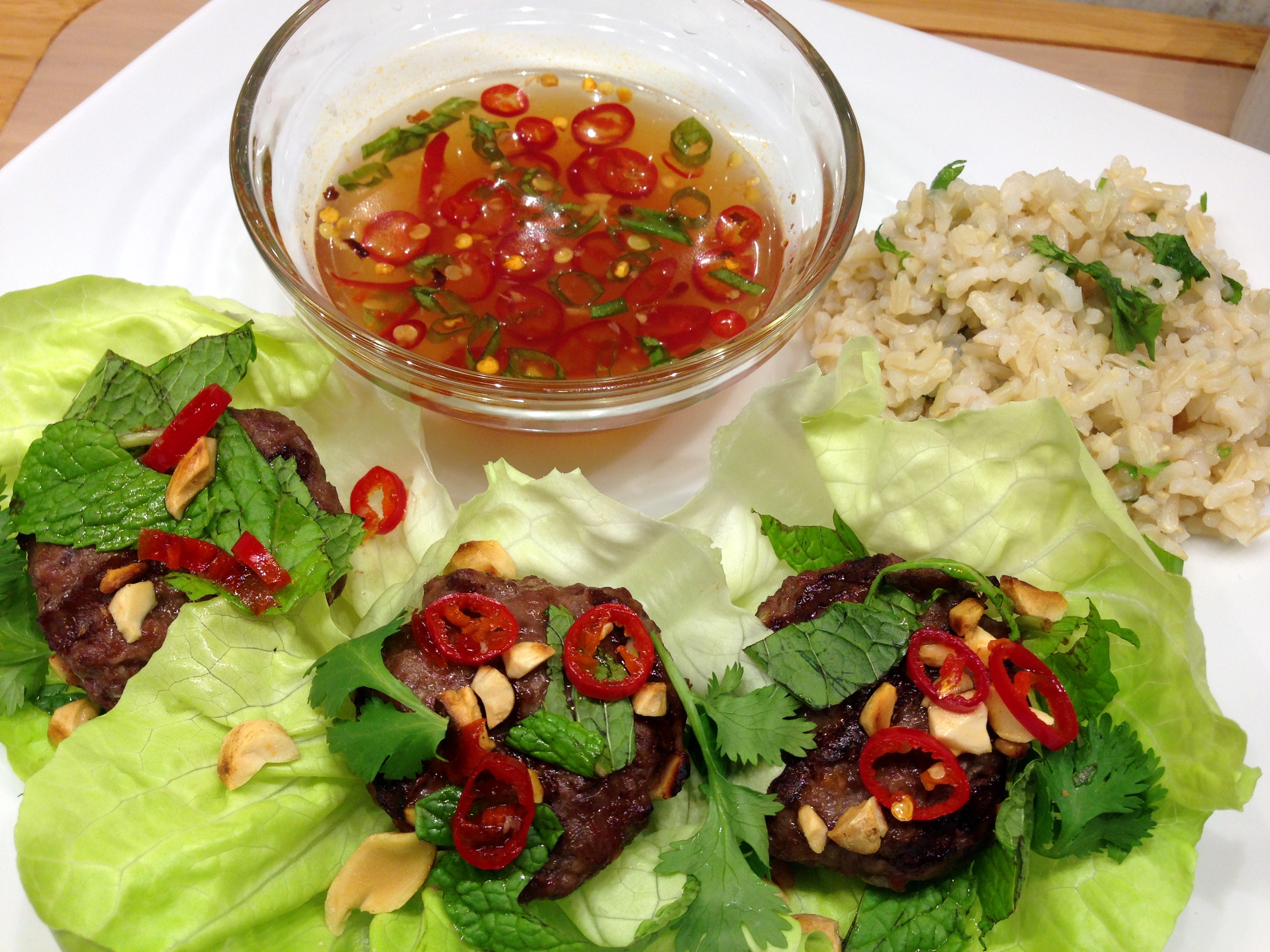
For a Dinner option, make brown rice as usual and dress it up with chopped cilantro, green onion slices and roasted peanuts. The flavors are so amazing together! I am addicted to these!
Fun Tidbit: Literally translated “nuoc mam” means “fish sauce” and “nuoc mam cham,” means “fish sauce for dipping.” Now everyone just shortens it to Nuoc Cham for the traditional dipping sauce we all have come to expect with our spring rolls and Cha Bo.
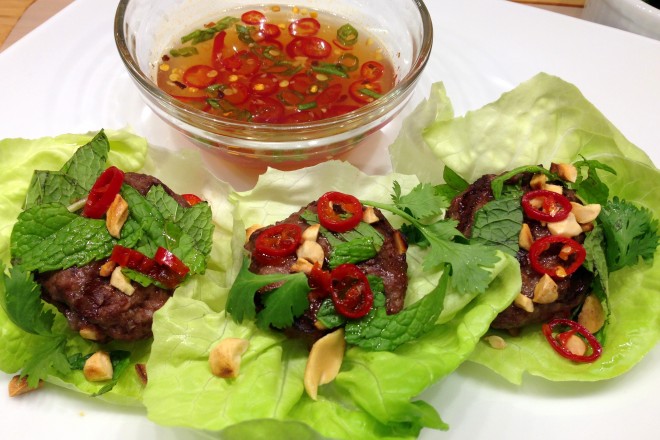

- 1/4 cup palm sugar or granulated or light brown sugar
- 7 tablespoons hot water
- 1/4 cup Asian fish sauce
- 1/4 cup rice vinegar or 3 tablespoons white distilled vinegar
- 2-3 red Thai chiles or 1 red small serrano/jalapeno, seeded and thinly sliced
- 2 tablespoons fresh lime juice
- 1 clove garlic, minced or use a garlic press
- 1 green onion, green part only, thinly sliced
- 2 tablespoons peanuts, roasted and crushed
- 1/2 pound lean ground beef
- 2 tablespoons shallots, minced
- 2 teaspoons Vietnamese fish sauce (Nuoc Mam)
- 2 tablespoons coconut cream (skim off the cream from top of can of coconut milk)
- 1/2 teaspoon cumin, ground
- 1/2 teaspoon granulated sugar
- salt and pepper
- 8 bamboo skewers, soaked in water for 30 minutes so they don't burn on the grill
- Dissolve the sugar in the hot water and bring to a boil.
- Add all ingredients except the green onion and let steep for 15 minutes. You're looking for a taste with the subtle nuances between sour, sweet, salty and spicy. Adjust the flavors until you get it to your liking. It's a bit of an art at first. Add the green onion when cool and ready to serve.
- Flavors are softer and more refined if you can let them meld for at least 1 hour. Nuoc Cham will keep in the refrigerator for 3-4 weeks
- Combine all ingredients and mix well. Divide into 16 portions.
- Shape into balls and then form into 1 1/2 inch patties.
- Thread 2 patties onto each skewer. Run the skewer through the center of the patty and gently press to secure to the skewer. Keep a space between each patty for even cooking.
- When lifting the skewers onto the grill, use a grilling spatula to support them. If you just lift them by the stick, the meat will fall off. As they cook the patty secures to the skewer better but still use the grilling spatula for turning. Grill over high heat, turning only once; about 4-5 minutes.
- Serve in butter lettuce cups. Drizzle with Nuoc Cham dipping sauce and have a bowl of dipping sauce to add extra to each bite! Serve with bowls of cilantro, mint and crushed peanuts to garnish each lettuce cup with as much as you would like.
- For a Dinner option: Make brown rice as usual and dress it up with chopped cilantro, green onion slices and roasted peanuts. The flavors are so amazing together! I am addicted to these!
- Fun Tidbit: Literally translated "nuoc mam" means "fish sauce" and "nuoc mam cham," means "fish sauce for dipping." Now everyone just shortens it to Nuoc Cham for the traditional dipping sauce we all have come to expect with our spring rolls and Cha Bo.

